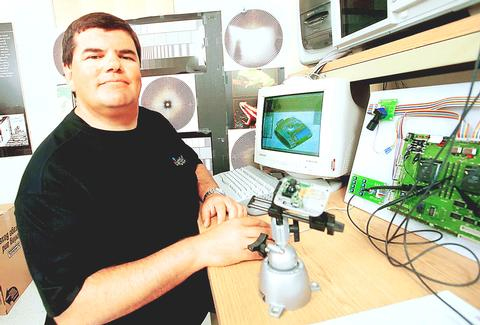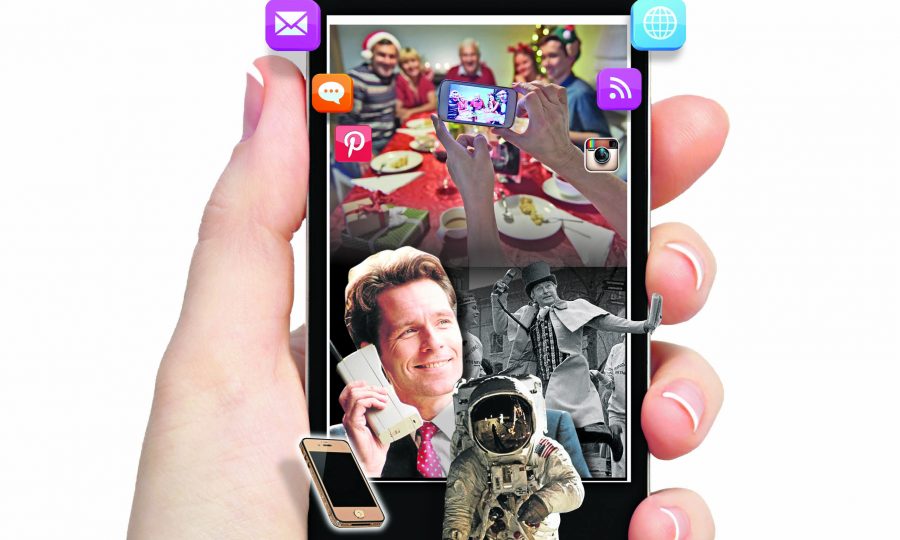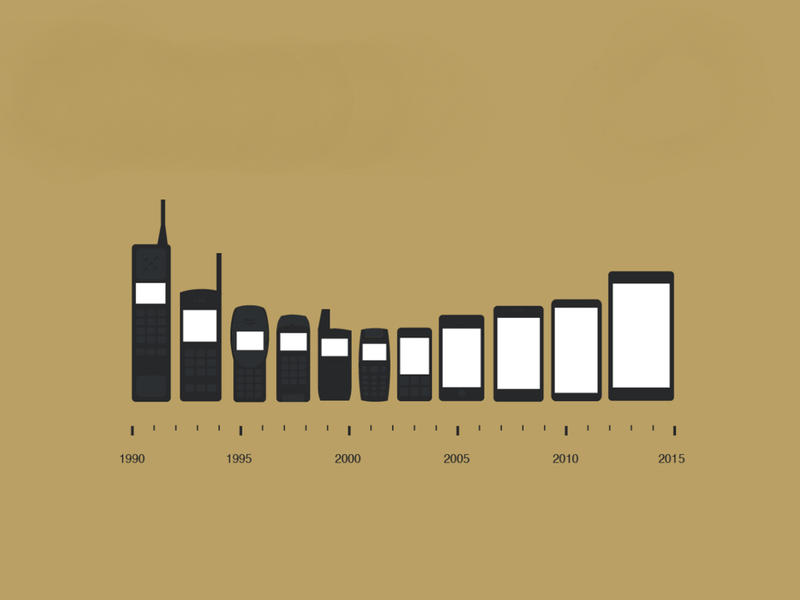Beautyrest® Launches the New Beautyrest® Sleeptracker® Monitor
Bedding Industry’s First Stand-Alone Sleep Monitoring Device Empowers Individuals to Optimize Daily Performance
(ATLANTA, Ga. – March 21, 2017) – The Beautyrest Brand is proud to introduce the Beautyrest Sleeptracker monitor – a patented sleep monitoring system that pairs with any mattress or foundation, allowing individuals to make their bed a smart bed. This non-invasive breakthrough device is the bedding industry’s first stand-alone solution to monitor a broad range of factors affecting high-quality sleep for two individuals simultaneously. Offering an unprecedented level of accuracy, the monitor is 90 percent accurate when measuring heart rate and breathing rate for the vast majority of the population, 90 percent of the time.
“As one of the most trusted and recognizable bedding brands nationwide, we are proud to embrace the smart home movement with technology that provides a deeper understanding of how we sleep,” said Jim Gallman, Executive Vice President, Beautyrest Marketing. “The Beautyrest Sleeptracker monitor allows consumers to optimize their sleep habits and make improvements that can have dramatic implications for their overall quality of life.”
The monitor provides consumers with an in-depth analysis of each user’s sleep ecosystem – including current behaviors, comparisons to biometrical similar users and personalized tips to help them perform better every day. By analyzing a variety of sleep variables, it also provides personalized recommendations and expert insights designed to improve daily performance. While everyone has an individual definition of what performance means, the Beautyrest Sleeptracker monitor enables users to get the optimal sleep necessary to accomplish whatever may come in the day ahead – whether that is a full day at the office, managing a complex family schedule or even running a marathon.
“The Sleeptracker artificial intelligence (AI) engine represents a dramatic improvement over other sleep monitoring devices, and is the result of significant resources invested in research and development,” said Arthur Kinsolving, Chief Technology Officer of Fullpower Technologies, Inc., the technology partner of the Beautyrest Brand. “With the power of AI and machine learning, the Beautyrest Sleeptracker monitor will continue to stretch its lead and deliver unprecedented deep insights into consumers’ sleep patterns.”
According to the Better Sleep Council, “a good night’s sleep sets the optimal stage for, not only physical, but also mental performance. If you are well rested, you will approach social, professional, and physical challenges in the most advantageous state of mind and body.” The Beautyrest Sleeptracker monitor will provide individuals with a new understanding of what is keeping them up at night while also offering easy-to-implement solutions that recognize long-term trends and become more personalized over time.
The Beautyrest Sleeptracker® Monitor Benefits and Features:
- The only device in its class that can monitor sleep patterns of two individual sleepers simultaneously due to an advanced AI engine
- While wearables must be worn on the body and charged regularly, the Beautyrest Sleeptracker monitor plugs directly into a wall outlet, is completely non-invasive and requires no changes to day-to-day bedding
- Patented system that accurately measures both respiration and heart rate for deeper sleep analysis (wrist-worn wearables can’t monitor the essential respiration vital sign and are notoriously inaccurate for continuous heart rate monitoring)
- Can be set to automatically monitor sleep data when users fall asleep unexpectedly
- Pairs with the Sleeptracker iOS and Android smartphone app to offer an unprecedented level of detail – providing users with a minute-by-minute snapshot of their journey through each sleep cycle: light sleep, deep sleep and REM
- Features a Sleep Cycle Alarm that detects a light stage of sleep in order to wake users at the ideal time in their sleep cycle
- Offers an AI Sleep Coach that monitors improvement over time and provides effective, easy-to-implement, personal sleep tips based on a comprehensive analysis of individual sleep patterns and external factors that may impact sleep quality
- Integrates with Amazon Echo – soon allowing control of other smart home elements from a single device, such as thermostats, lights, music, alarm systems, door locks and more
The Beautyrest Sleeptracker monitor is compatible with all mattresses and foundations (results may vary depending on the type of mattress and foundation used) and is available on Amazon.com for $199. The Sleeptracker app is available for download on the App Store and Google Play. Visit Beautyrest.com for more information and to find a retailer near you.
Related Links
Visit Beautyrest.com
Follow Beautyrest on Facebook
Follow Beautyrest on Twitter
Follow Beautyrest on Instagram
Follow Beautyrest on YouTube
About Serta Simmons Bedding, LLC
Serta Simmons Bedding, LLC (SSB) owns and manages two of the largest bedding brands in the mattress industry National Bedding Company L.L.C. (the largest licensee and majority shareholder of Serta, Inc.) and Simmons Bedding Company, LLC. SSB is based in Atlanta and operates 33 manufacturing plants in the United States, five in Canada and one in Puerto Rico. Its subsidiary, National Bedding Company L.L.C., is based in suburban Chicago and markets a broad range of products under the Serta® brand, including Perfect Sleeper®, iComfort®, iSeries®, Sertapedic® and a portfolio of licensed products. In addition to National Bedding Company L.L.C., Serta, Inc. has five other independent licensees in the United States and one in Canada that manufacture and market Serta-branded products. SSB’s other subsidiary, Simmons Bedding Company, LLC, is based in Atlanta and markets a broad range of products including Beautyrest®, Beautyrest Black® and BeautySleep®. Both companies also serve as key suppliers of beds to many of the world’s leading hotel groups and resort properties.
About Fullpower Technologies, Inc.
Fullpower is the leader for cloud-based IoT smart-home and wearable solutions powered by AI, machine-learning and data science. With more than 125 patents, the Fullpower IP portfolio covers the AI-powered Sleeptracker® and the MotionX® IoT technology platforms. Fullpower’s business model is to license technology and IP as a PaaS to brand leaders such as Nike, Beautyrest, Serta, Movado and others. Founded by Philippe Kahn, creator of the first camera-phone, and based in Silicon Valley, the Fullpower team is passionate about AI, machine learning, IoT and PII.
Beautyrest Press Contacts:
Hunter Public Relations on behalf of Beautyrest
Blake Kaufman
bkaufman@hunterpr.com
(212) 679-6600 x 41-228
Beautyrest Public Relations
Cameron Purcell
cpurcell@simmons.com








